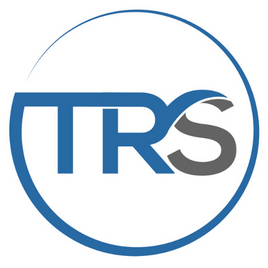How to Highlight Job Transitions in Your CV
Job transitions are a standard part of a career journey. Whether you’re advancing, relocating, or seeking new challenges, these changes can raise questions during job interviews. One frequently asked question is, “What were the reasons for leaving your previous companies?” Addressing this upfront in your CV can impact how potential employers perceive you. Here’s how…
Job transitions are a standard part of a career journey. Whether you’re advancing, relocating, or seeking new challenges, these changes can raise questions during job interviews. One frequently asked question is, “What were the reasons for leaving your previous companies?” Addressing this upfront in your CV can impact how potential employers perceive you. Here’s how to highlight job transitions and reasons for leaving to enhance your CV.

Why Address Job Transitions?
- Provides Context and Transparency:By including reasons for leaving, you show future potential employers that you are honest and straightforward. This transparency helps build trust from the beginning.
- Clarifies Employment Gaps:Explaining gaps or frequent job changes with valid reasons like company restructuring, acquisition, relocation, long travel times, or career advancement can put your career moves into perspective.
- Controls the Narrative:Highlighting your proactive approach to career growth and development helps you control the narrative, emphasising your commitment to personal and professional growth.
- Differentiates You from Other Candidates:Including reasons for leaving can set you apart from candidates who don’t mention this aspect, showcasing your attention to detail, honesty and communication skills.
How to Highlight Job Transitions in Your CV
Be Honest and Concise
When listing your previous roles, include a brief, honest explanation for leaving each position. Keep it short and concentrate on the positive aspects of your decision.
Example:
Company Name | Job Title | Dates of Employment
Reason for Leaving: Relocated due to family commitments
Use Positive Language
Explain your reasons positively. Instead of saying you left due to unhappiness, highlight what you sought in your next role.
Example:
Company Name | Job Title | Dates of Employment
Reason for Leaving: Sought opportunities for career advancement
Focus on Professional Growth
Emphasise how each transition has contributed to your professional development. This approach shows employers that you are committed to ongoing personal improvement.
Example:
Company Name | Job Title | Dates of Employment
Reason for Leaving: Pursued further education to enhance skills
Address Employment Gaps
Are there gaps in your employment history? If yes, then briefly explain them with valid reasons. This helps prevent any negative assumptions.
Example:
Gap | Dates of Employment
Reason for Gap: Took time off to care for a family member
Tailor Each Explanation
Customise your explanations to align with the job you are applying for. Highlight aspects that show you are a good fit for the role.
Example:
Company Name | Job Title | Dates of Employment
Reason for Leaving: I sought a position that aligns with my experience in project management
Keywords to Include
Include relevant keywords throughout your resume to catch the attention of hiring managers or recruiters.
Highlighting job transitions and reasons for leaving in your CV can enhance your job application. It provides context, builds trust, and helps control your professional narrative.
By being honest, positive, and focused on growth, you can separate yourself from other candidates and present yourself as a thoughtful and proactive professional.
How to Highlight Job Transitions in Your CV
This blog post aligns with TRS Resourcing’s commitment to honesty, integrity, and helping candidates showcase their true potential. We aim to support job seekers in their career journeys by providing precise and actionable advice.
What are your thoughts on adding reasons for leaving in your resume? Have you tried it?
If you liked this article you may find these tips helpful for your CV
